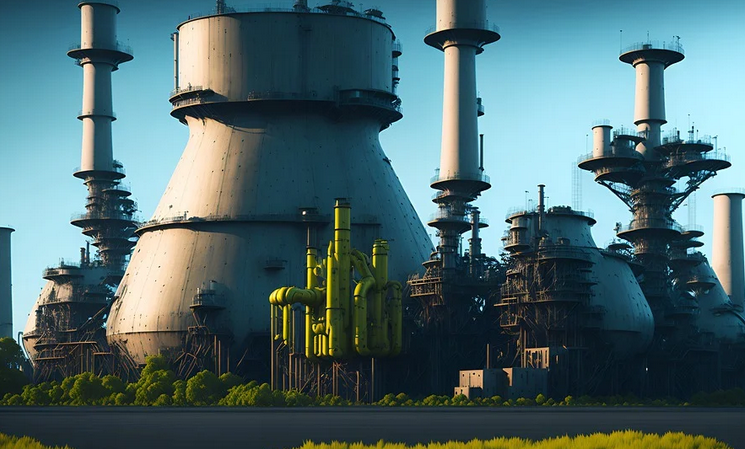
Burn Dust Eat My Rubber
What’s the Deal with Burn Dust?
You know that feeling, right? You’re cruising down the road in your sweet ride, maybe hitting a few curves at speed. Then, bam! Suddenly, you hear it – a harsh popping sound that’s like nothing you’ve ever experienced. You smell a weird aroma, and your car is covered in an oily residue. It’s not exactly the kind of feeling you want when you’re enjoying the open road, right?
It turns out you’re dealing with burn dust—a phenomenon that can be pretty scary if you don’t know what it is. But fear not, we’re here to break down everything you need to know about this mysterious substance.
Understanding the Basics of Burn Dust
So, what exactly is burn dust? It’s essentially a byproduct of friction and combustion—that’s right! Your engine isn’t just chugging along, it’s getting super hot and creating a ton of heat. This heat causes materials in your car to ignite, resulting in the creation of this oily, black residue that we call burn dust.
To understand how it forms, you need to think about what’s happening under the hood. When gasoline burns inside your engine, there’s a lot of stuff going on—ignition, combustion, and all sorts of heat generation. It’s like a mini-volcano in your car! This intense heat, combined with the friction generated by moving parts, creates this dusty residue that we call burn dust.
Where Does Burn Dust Come From?
Burn dust can originate from several sources. Firstly, it’s often caused by engine wear and tear. As your car runs, its components naturally wear down over time. This means more friction and heat are generated. It’s like giving a gentle twist to your engine – you’re making some friction that causes some heat.
Secondly, excessive fuel consumption can lead to increased combustion and thus, higher burn dust formation. Think of it like adding too much gas to the car; it starts to overheat—and that’s not good for anything.
The Environmental Impact
Now that you understand what causes burn dust, let’s talk about its impact on the environment. This stuff is a nightmare! It can stick to your car and other things, polluting those around it. Burn dust contains various contaminants like soot and metallic particles that are harmful if exposed in high amounts. It’s important to keep an eye out for this type of dust.
The more you know about burn dust, the better equipped you’ll be to handle it.
Keeping Your Ride Clean
So now we’ve covered why and where burn dust comes from. What about how to keep this stuff at bay? You might think it’s a bit of a hassle to stay on top of cleaning your car, but trust me, it’s worth it.
Cleaning Tips
1. **Regular car washes:** This is the most simple way to get rid of dust buildup. A good wash will remove any burn dust that has accumulated and prevent it from building up over time.
2. **Use a dedicated wheel cleaner:** If you’re dealing with stubborn oil residue, use a specialized wheel cleaner. It breaks down the substance more efficiently than just water.
3. **Keep your engine in tip-top shape:** Regular maintenance like oil changes and tune-ups will ensure that your engine runs smoothly and produces less dust. Think of it as giving your car a good checkup to make sure everything is running smoothly.
The Bigger Picture
Burn dust, while seemingly small, has a big impact on the environment and our cars. But don’t worry, there are ways to combat this. By understanding its cause and taking preventative measures, we can all contribute to a cleaner, safer driving experience for everyone.
So next time you hear that “pop” sound under the hood, remember what we’ve learned about burn dust—and keep your car sparkling clean!